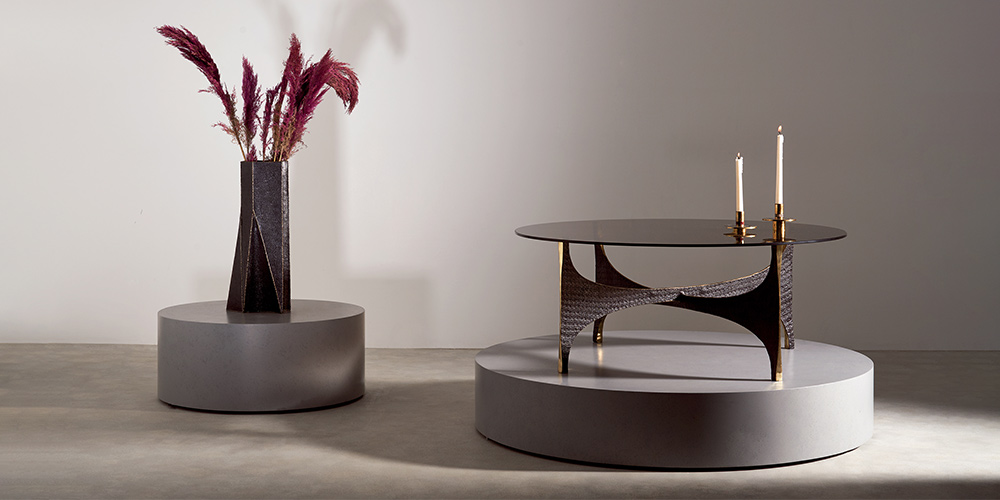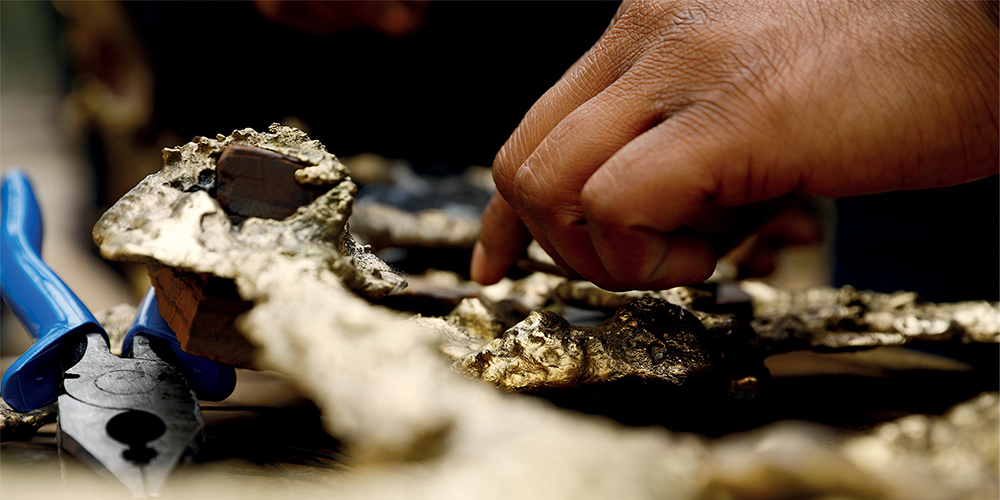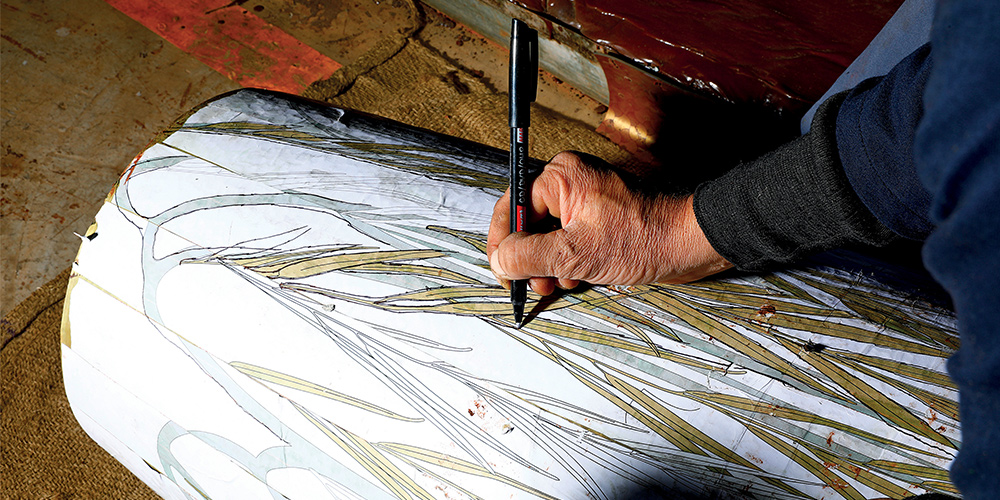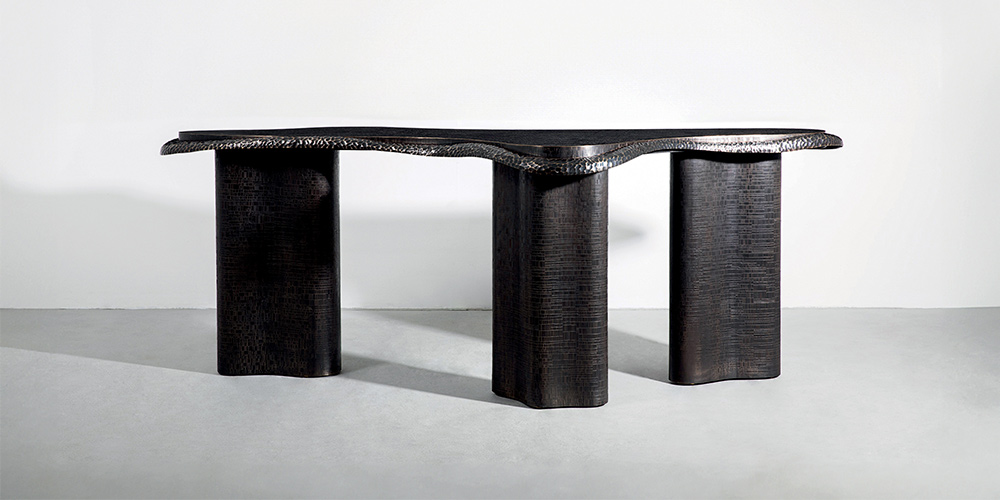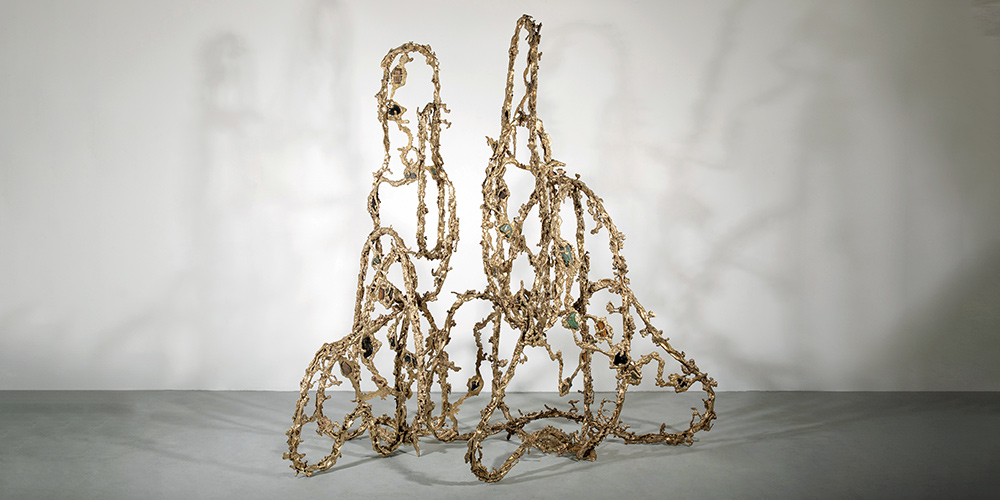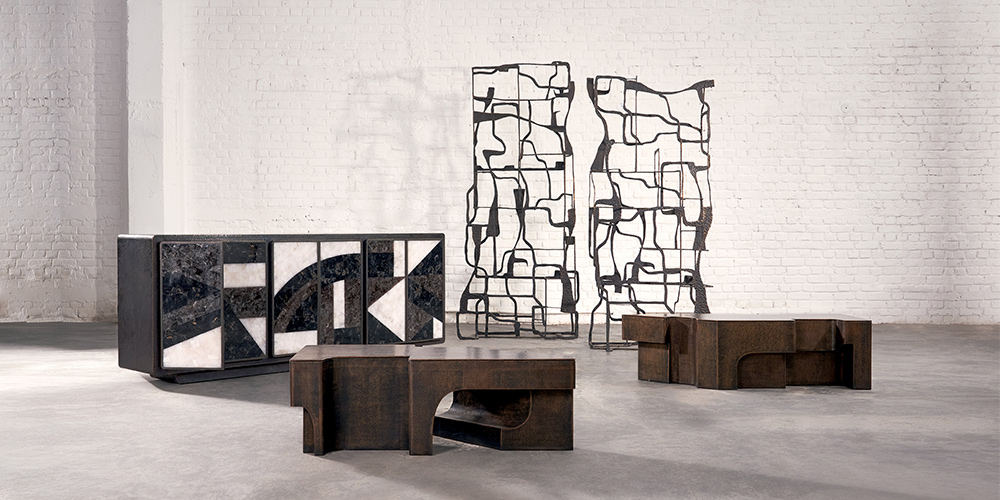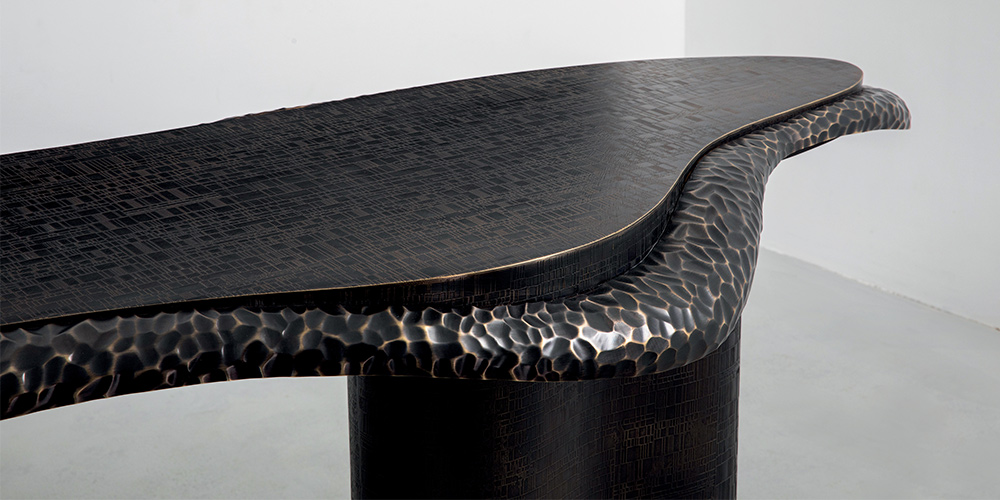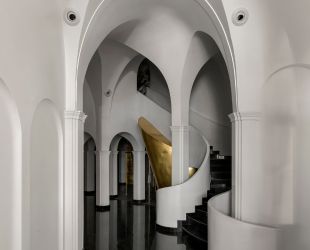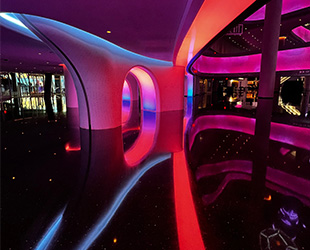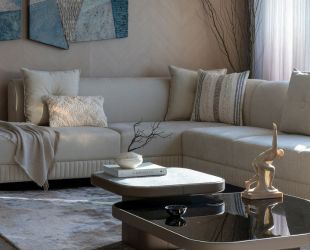People
In conversation with Vikram Goyal on his journey in the design world
MAY 6, 2024 | By Shriti Das
Is the creation of beauty intuitive or iterative? If we were to plot the idea on a scale, the work of Vikram Goyal would reside at its very centre — of instinctive vision and studious iteration.
“I’m neither a formally trained designer nor an artist. I occupy this third space. We have a workshop with architects, designers, product designers and artisans. There are managers, technicians and engineers. And we put it all together through a workshop or what we call a karkhana in India,” mentions Vikram, pointing at the diverse aesthetic influences that have anchored his practice. It is rooted in the subcontinent’s heritage but also informed by his education at BITS Pilani and Princeton. But if you ask him to deduce what drives him, he puts it rather eloquently, “I like to create things.”
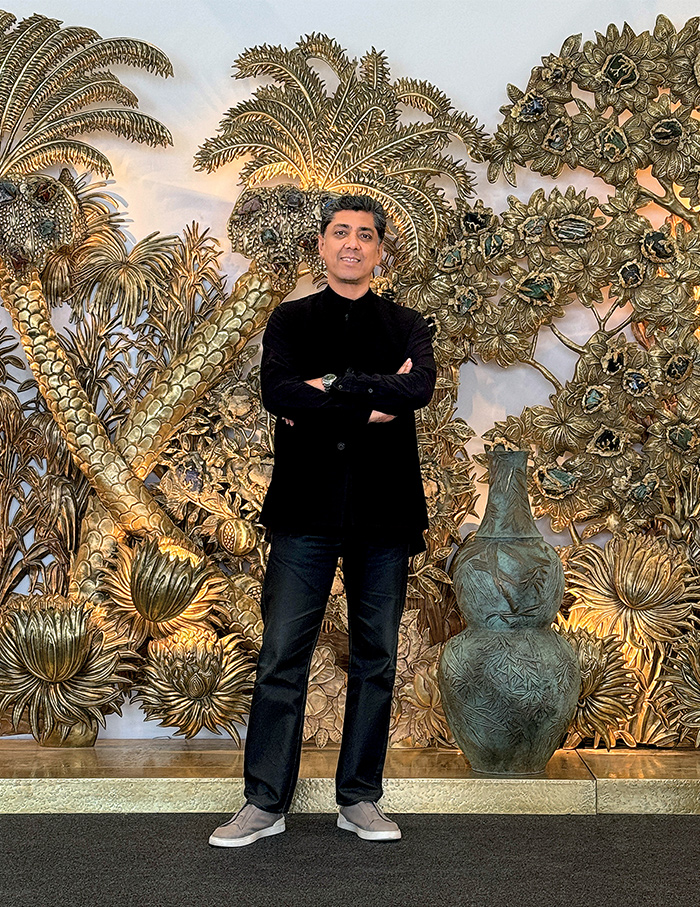
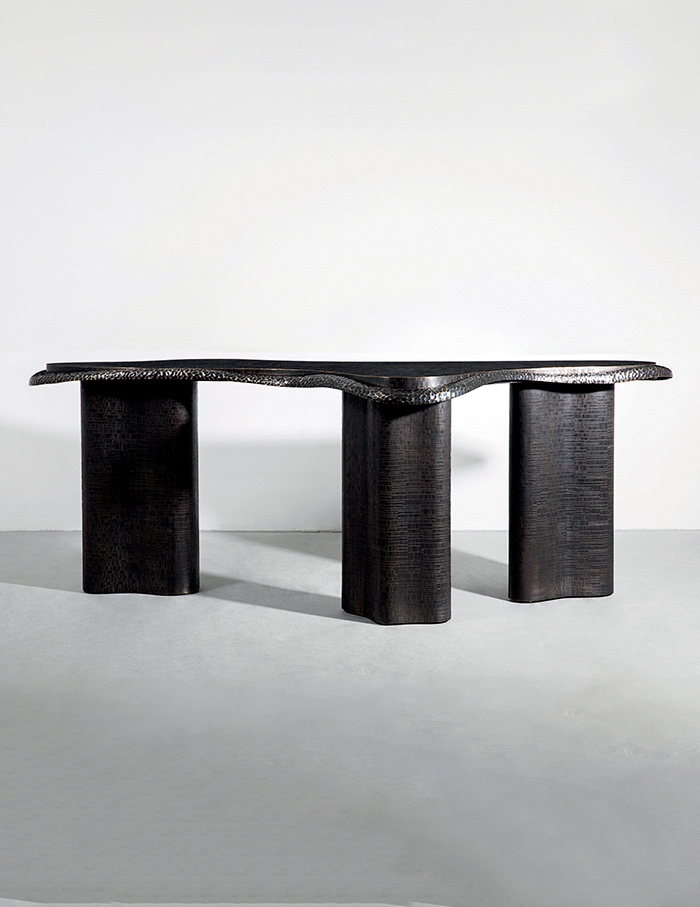
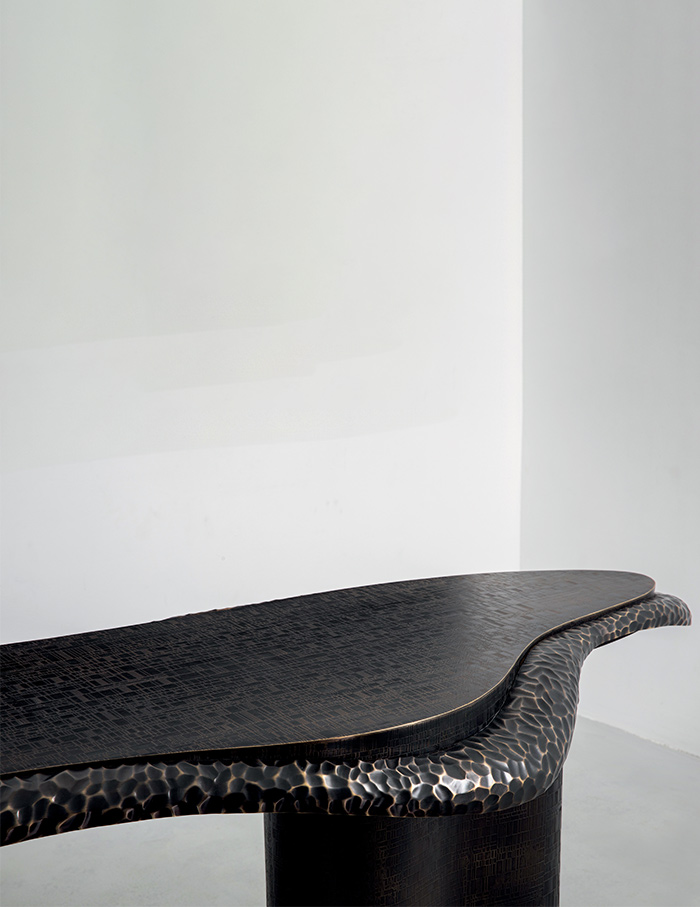
But this does not even scratch the surface for me. Because to me, being in his studio is like walking into an art gallery. White walls soar up to high ceilings, ample natural light creates an airy, open canvas. At first glance, the space appears almost monastic if it wasn’t for the majestic presence of Vikram’s design objects. A 28 ft x 8 ft repoussé mural titled Silken Passage chronicles historic exchanges with floral blooms to vessels to topographies. A brutalist-inspired metal console. Ornate brass screens. They are furniture that captures the dichotomy of Vikram’s language — expansive forms that steer clear of convention but familiar motifs that seem Indian in expression.
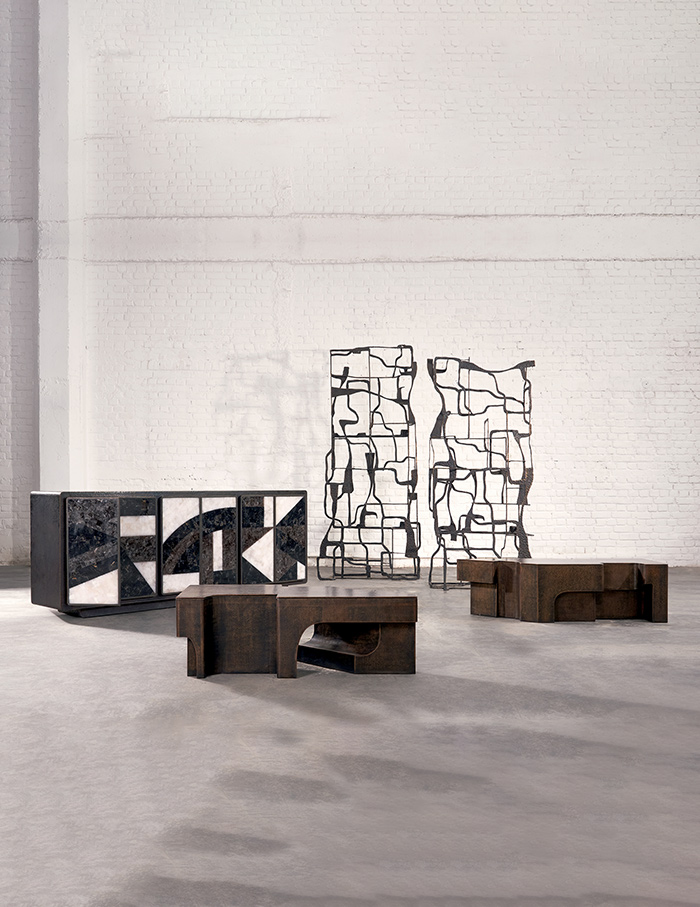


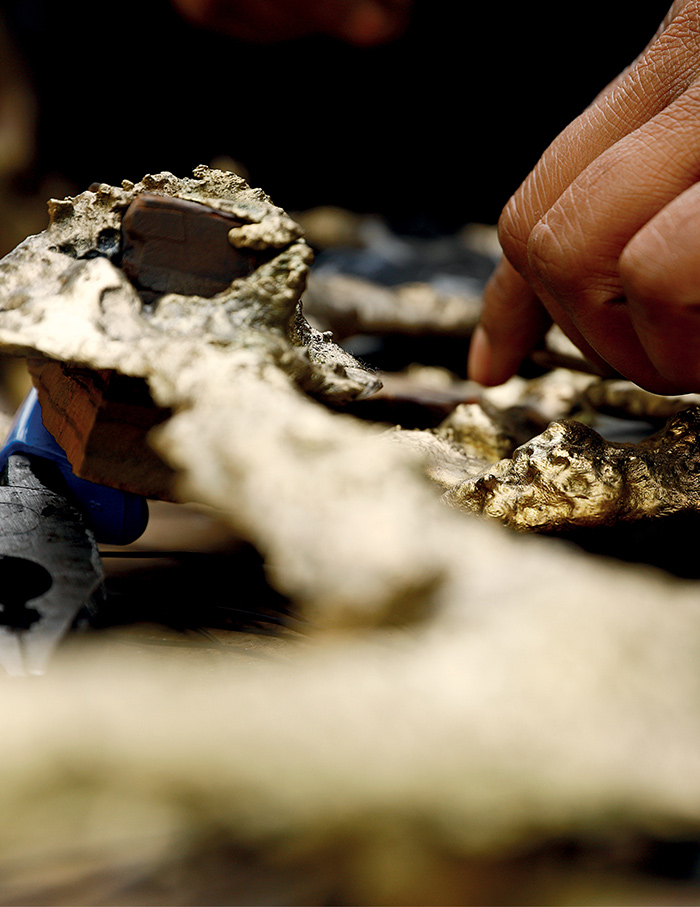
“I appreciate both the old and the new, but I particularly enjoy looking at older things. They often serve as references or inspiration for me. As a child, while others might have wanted to see different things, I was interested in history, both visually and culturally, especially the history of India. Living in New York and Hong Kong exposed me to some remarkable museums and galleries. I had a strong desire to work with Indian artefacts and utilise design and modern marketing techniques to showcase them to a broader audience in a contemporary way,” he states. He briefly worked in finance after returning back to India in 2000 and established his brand in 2003. The rest as we know it, is history.
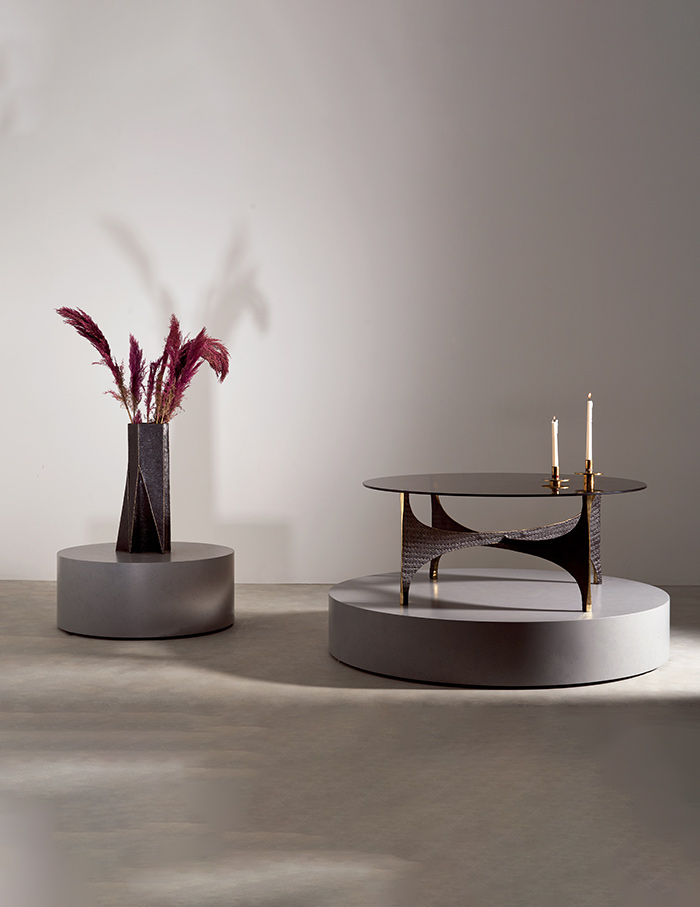
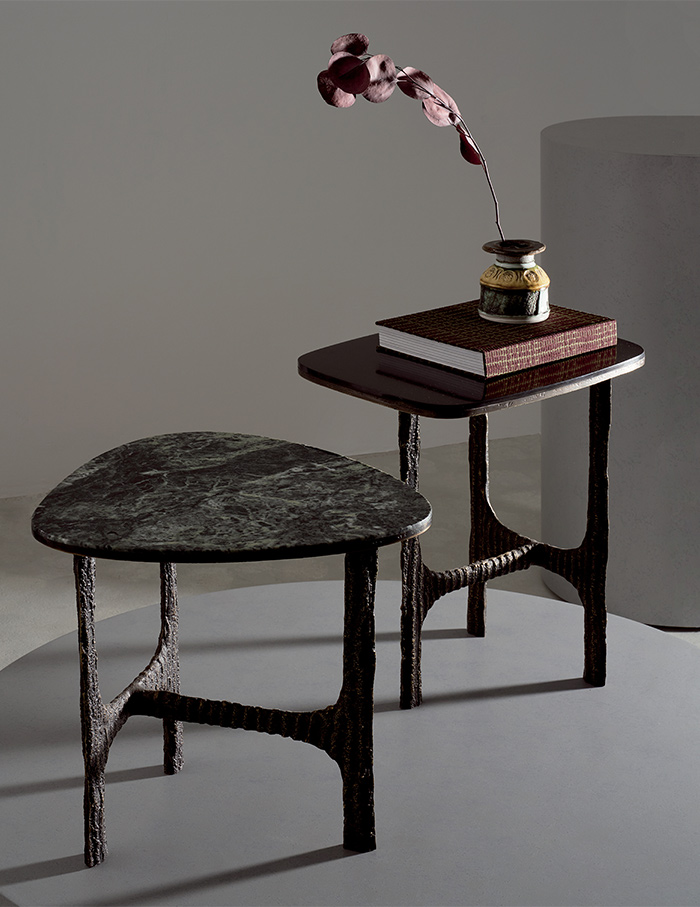
Vikram largely works with brass and semi precious stones incorporating techniques like pietra dura (inlay), hollowed joinery, fluting, spinning but is especially inclined to repoussé. While maintaining his signature language and pushing the boundaries of materiality, Vikram is set to relaunch Viya as a contemporary online design brand. “It is a natural extension because my current work is couture and high-end and Viya will be more like the pret line,” he explains. It will encompass a range of crafts beyond just metalwork, all with a strong Indian narrative through his avant-garde lens. Although his idea of Indian is far from its archetypical notion.


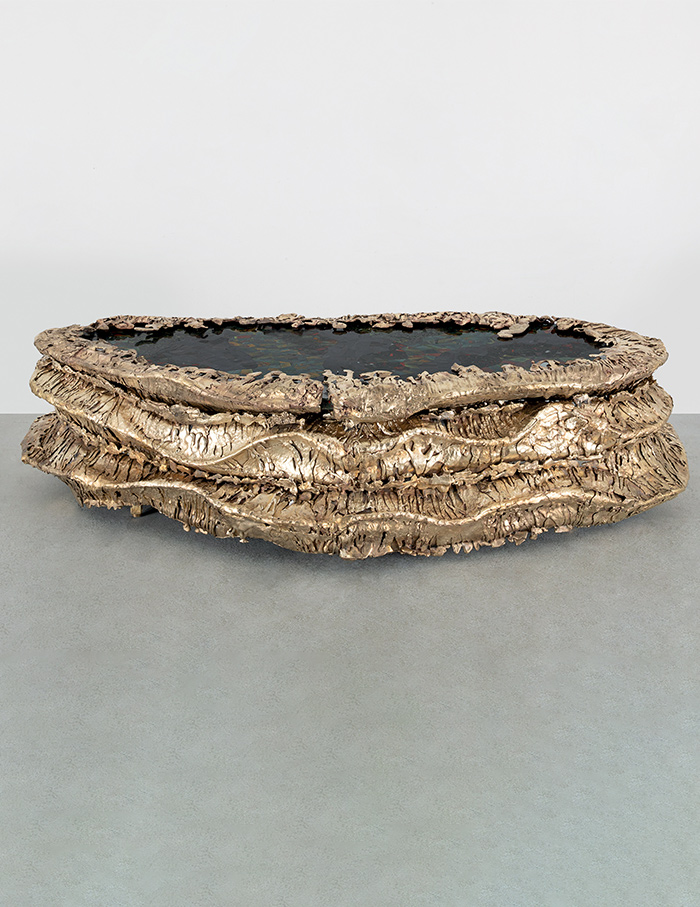
Vikram explains, “We started with what we call India Modern, being inspired by India: Indian architecture, then we moved into Art Deco, then to nature, and finally into these organic, abstract forms which have become a signature. The more we started engaging with the West and working with international architects, the more abstract our work became.” Drawing upon that thought, it is worth noting that India itself is a confluence of cultural cross-pollinations across centuries. Vikram is only adding to this narrative, furthering India’s authority in the wake of the world’s increasing interest in craftsmanship. Internationally, he debuted at PAD London in October 2023 and prior to that he inaugurated his collaboration with Nilufar Gallery at Milan Design Week in the same year. While it has been two decades of Vikram Goyal, it seems like the journey has only begun. The whole of his artistic vision and practice is truly greater than the sum of its individual parts.


